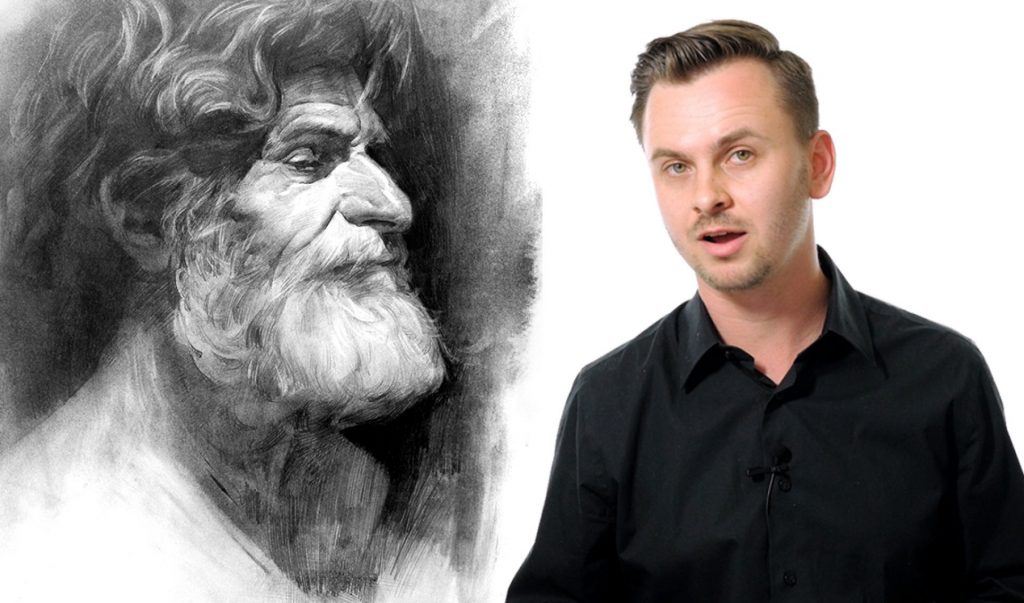
When you observe the work of great artists that have mastered their craft, you will notice that all artists have their own interpretations of reality and their own style. However, all of these artists also have common characteristics. It’s important to explore what all of these artists have in common rather than what sets them apart. This overlap between all great representational art is the key to figuring out what you, as a student must study to eventually become one of them. If there are principles that all great representational artists choose to use in their work, then they must be important. These principles are universal and cannot be broken. The way the artist represents these principles becomes his style.
Fundamental Principles
Fundamental principles are rooted in science. They are based off of reality and the way you see reality.
The laws of light and color will never change. And the way your eyes and mind interpret this information will never change. Studying these principles is necessary to correctly draw and paint reality.
Everything you see can be broken down into 4 elements: shape, value, edge, and color. These elements are building blocks for secondary principles such as perspective, volume, light, composition, rhythm, texture etc… All the different types of shapes, values, edges, and colors are like words that you combine to form sentences. This is how you communicate visually with the viewer. Becoming fluent at the visual language is about learning how to properly use these 4 elements (like grammar). And of course, when learning any language, practicing regularly is important.
Once you become fluent, you can start bending some rules and exploring new ways of using these 4 elements. Eventually, you will develop your own personal style…
Style
A completely photo realistic painting can be boring. You might look at it and think “So what?” But the ability to paint photo realistically is crucial to being able to successfully break the rules. Breaking the rules becomes a choice rather than a necessity because of ignorance. When you choose to break the rules, then you have control over how you bend the rules. Which direction do you push it? When you don’t know the rules then breaking them is inevitable. It becomes random and has no meaning.
When you are in school, it’s better to avoid breaking rules altogether. It’s better to have the boring ‘academic style’ because it pushes for complete accuracy. Trying to have a style can become an excuse for mistakes. Save the self-exploration for the studio. In school, stay focused and study those fundamental principles.
Studying past masters is an important part of your growth. When you study their work you can’t help but notice things like the way they pull brush strokes or the way they bend colors. Over years of studying various artists, eventually you build a library of ways to achieve specific effects. This becomes your own unique style. This happens naturally in the background. There’s no need to focus on this. Just let your style develop itself as you focus on developing your skills.
Because your style will be influenced by other artists, it’s important to choose the artists you study wisely. You don’t want to inherit others’ bad habits. Choose artists that are knowledgeable, experienced, and are widely accepted as master craftsmen.
***
All great representational artists have things in common and things that set them apart. The similarities are the universal principles that determine the way our eye perceives the world. The differences become the artist’s style. As a student, it’s important to focus on these principles and let your individuality develop naturally.